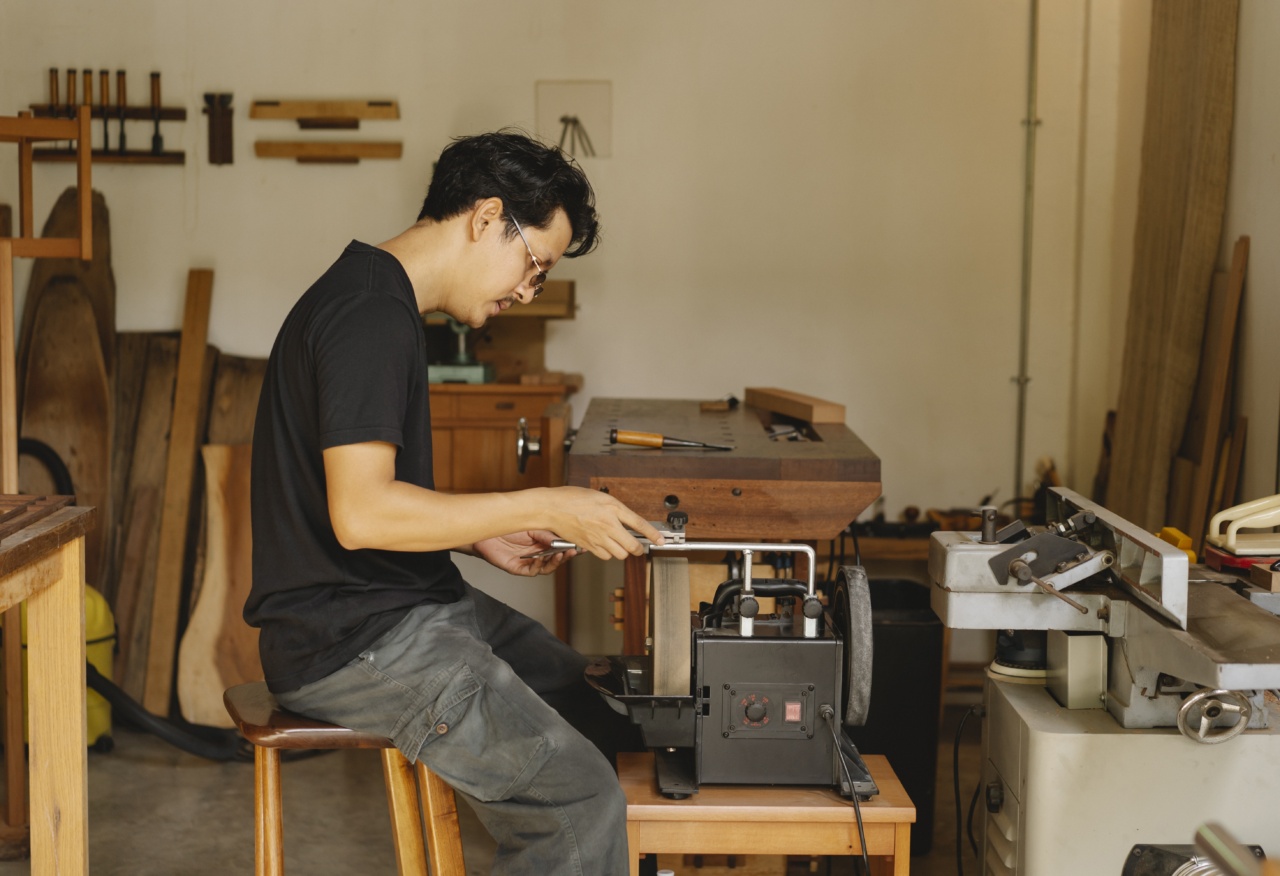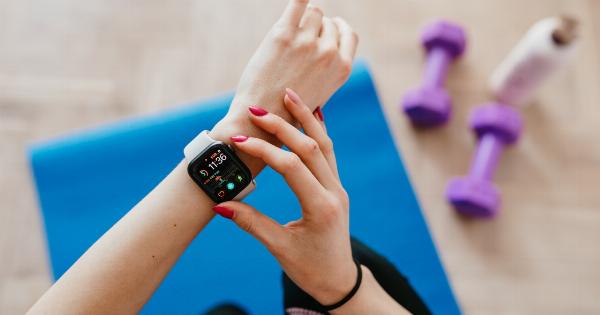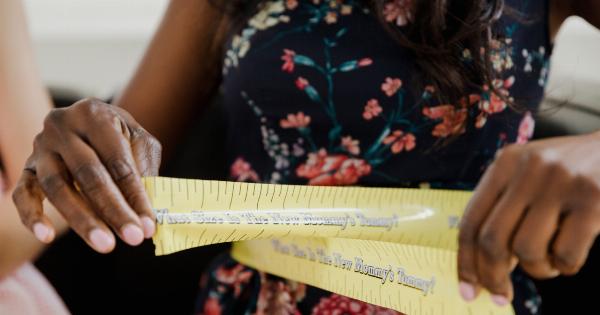Accuracy is a crucial aspect of various fields, such as sports, medicine, and technology. Whether you’re a surgeon aiming to make precise incisions or an athlete striving for the perfect shot, accuracy is key to achieving desired outcomes.
In the digital era, where data and information play a significant role, accuracy has become even more crucial.
Improved technique plays a pivotal role in enhancing accuracy. By honing our skills and employing innovative methodologies, we can significantly improve precision in various domains.
In this article, we will explore how better accuracy can be achieved through improved technique.
The Importance of Accuracy
Accuracy is essential in several fields due to the impact it has on results. In medicine, for instance, an inaccurate diagnosis can lead to incorrect treatments, potentially endangering the patient’s life.
The same principle applies in engineering and technology, where faulty measurements can result in disastrous consequences.
In fields like sports and gaming, accuracy directly affects performance outcomes. An athlete who can consistently hit the target is more likely to succeed, while a gamer who can precisely aim at opponents will have a better chance of winning.
Regardless of the field, accurate results lead to improved outcomes and increased efficiency.
Factors Affecting Accuracy
Several factors contribute to accuracy, including technique, equipment, training, and environmental conditions. While equipment and external factors play a role, technique is one of the key elements that can be improved to enhance accuracy.
The following factors directly affect accuracy:.
1. Body Mechanics
In various physical activities, such as sports or surgery, body mechanics play a crucial role. Proper body positioning, alignment, and movement control can significantly impact accuracy.
By mastering and refining body mechanics, individuals can improve their accuracy levels.
2. Focus and Concentration
Accuracy requires intense focus and concentration. Distractions and lack of mental clarity can lead to errors.
By practicing mindfulness and developing focus-enhancing techniques, individuals can improve their ability to maintain accuracy for extended periods.
3. Breathing Control
In activities that require fine control, such as archery or surgery, proper breathing control can enhance accuracy. Controlled and regulated breathing helps stabilize the body’s movements, allowing for precise actions.
Developing techniques like diaphragmatic breathing can significantly improve accuracy.
4. Repetition and Muscle Memory
Repetition is key to improving accuracy through muscle memory. By performing a task repeatedly, the body and mind become familiar with the movements required, resulting in increased precision.
Regular practice and deliberate repetition can train the body to perform actions accurately.
Techniques for Improved Accuracy
Now that we have explored the factors that contribute to accuracy, let’s dive into some techniques that can be employed to enhance overall precision.
1. Visualization
Visualization techniques are widely used to improve accuracy in various fields. By mentally rehearsing the desired outcome and visualizing each step, individuals can enhance their ability to execute tasks accurately.
Athletes visualize their movements before performing them, while surgeons mentally walk through procedures before entering the operating room.
2. Slow and Steady Approach
When aiming for accuracy, it is often beneficial to adopt a slow and steady approach. Rushing can lead to errors and compromises. By slowing down the pace and focusing on each step, individuals can ensure precision.
This technique is commonly employed by artists, musicians, and craftsmen who require meticulous attention to detail.
3. Feedback and Analysis
Constructive feedback and analysis are vital for improving accuracy. Seeking input from mentors, coaches, or experts in the field can provide valuable insights for refining technique.
By objectively analyzing one’s performance and identifying areas for improvement, individuals can continually enhance their accuracy.
4. Utilizing Technology
Technology can be a valuable ally in achieving improved accuracy. From advanced measuring tools to data analysis software, modern technology offers numerous resources for enhancing precision.
Utilizing these tools and techniques can significantly improve accuracy in engineering, research, and various other domains.
Challenges and Pitfalls
While striving for better accuracy through improved technique, it is crucial to acknowledge potential challenges and pitfalls along the way.
1. Overcompensation
One common pitfall is overcompensation. When individuals become overly focused on improving accuracy, they may over-exert themselves, leading to unnecessary tension and decreased performance.
It is important to strike a balance between striving for improvement and allowing natural, fluid movements.
2. Plateaus
Improvement is rarely a linear process. Individuals may experience plateaus, where progress appears to stagnate despite their best efforts.
It is essential to persevere during these periods and continue seeking innovative ways to break through plateaus and enhance accuracy.
3. Mental Fatigue
Accurate performance requires mental acuity and focus. Prolonged mental effort can lead to fatigue, impairing accuracy. It is important to incorporate sufficient rest, recovery, and relaxation techniques to maintain peak performance.
Conclusion
Accuracy is a critical aspect in various domains, and improved technique plays a significant role in achieving better accuracy.
By focusing on factors such as body mechanics, concentration, breathing control, and repetition, individuals can enhance their overall precision. Employing visualization, a slow and steady approach, feedback, and utilizing technology are powerful techniques to improve accuracy.
However, it is crucial to be mindful of potential challenges such as overcompensation, plateaus, and mental fatigue. By understanding and addressing these pitfalls, individuals can navigate the path to better accuracy and achieve desired outcomes.































